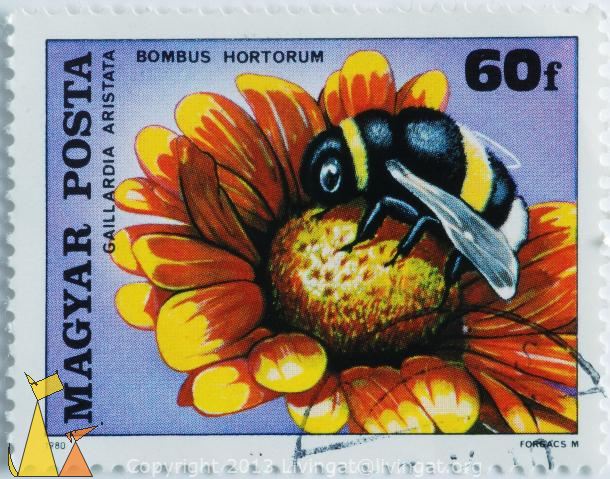On 15 June, a landscaping company in Wilsonville, Oregon, decided to spray some lime trees with insecticide. The trees were in a parking lot, and had some aphids on them, so there was a risk that some cars might get little drops of sticky honeydew on them. Faced with such a dire threat to the future of humanity, it was only natural and reasonable that the company should blitz the trees with Dinotefuran, a type of neonicotinoid insecticide. On 22 June, Saturday morning shoppers reported the car park to be blanketed in dead bumblebees; about 50,000 at the latest count. The trees were flowering, and bees love lime nectar. The dose of pesticide they received from the nectar was clearly enough to kill many of them almost instantly, for they fell dead beneath the trees, the biggest recorded bumblebee poisoning event in history. Perhaps many more staggered off to die elsewhere.
Using pesticides in farming can be justified by the need to grow food efficiently; we all need to eat. But do we need to be able to pop to the local garden centre or supermarket and buy bottles of highly toxic compounds advertised for use on roses and other flowers? In towns, councils routinely spray herbicides and insecticides for no real purpose, other than to make the streets look a little tidier, or the grass in the park look a little greener (and a little more toxic).
Toronto has banned such chemicals within the city limits. The city hasn’t been over-run with pests. People still have pretty gardens, and grow healthy vegetables. The parks look just fine. Back in Oregon, the Xerces Society, an organisation devoted to insect conservation, have attempted to enclose the poisoned limes with netting to keep bees out. But they are concerned that the poison may stay in the trees for years, since neonicotinoids are very long lasting, so they may poison bees for years to come.
One wonders how many similar incidents escape attention because the bees do not die in such an obvious place. “Wild bees are killed all the time in agricultural fields where nobody sees it happen,” said Mace Vaughan of the Xerces Society. “The fact that this happened in an urban area is probably the only reason it came to our attention.”
Source: The blog of David Goulson, 22 June 2013
http://splash.sussex.ac.uk/blog/for/dg229/2013/06/22/biggest-bumblebee-…

- Login om te reageren
